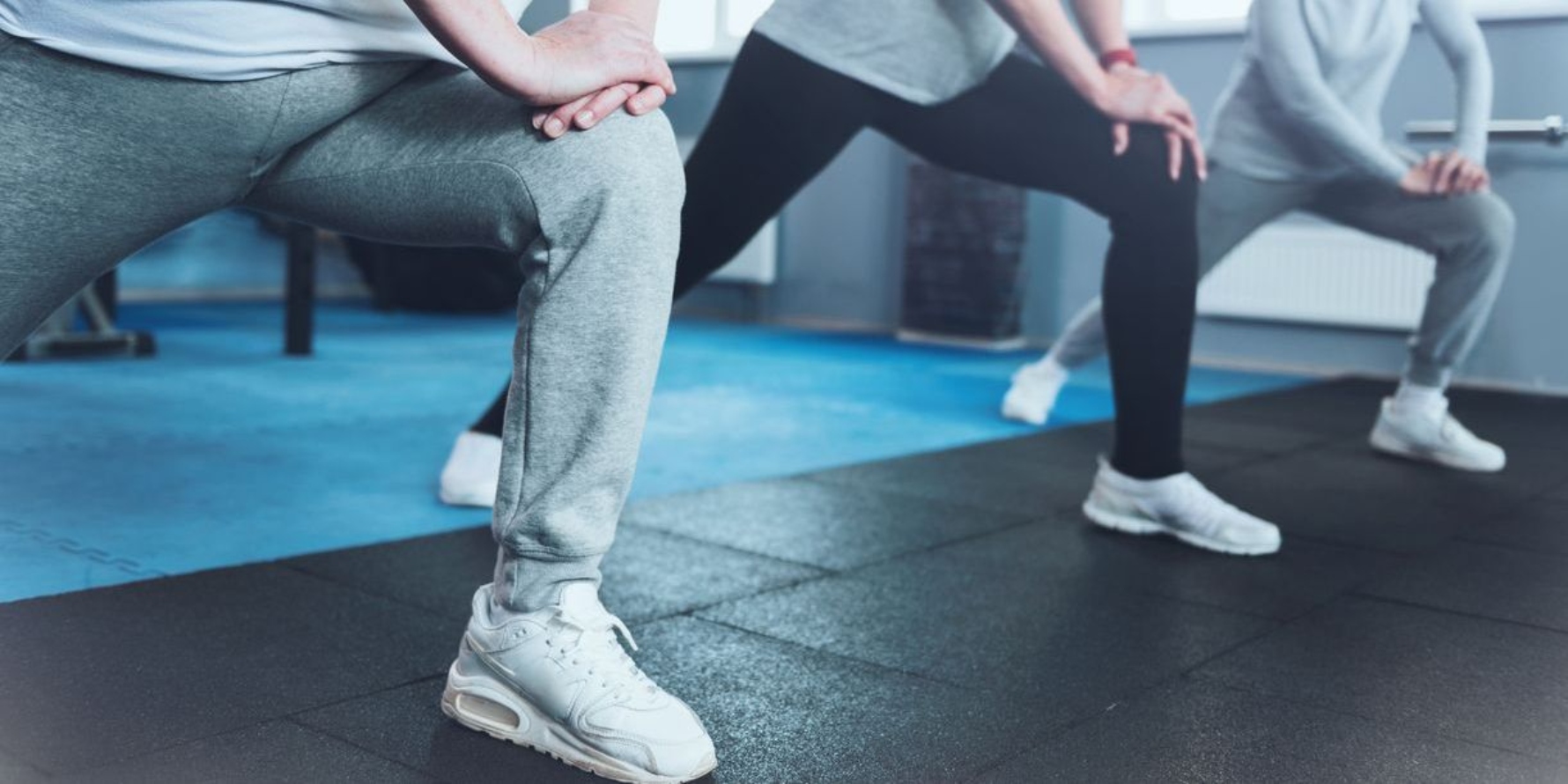Increased lower limb strength could reduce the risk of knee osteoarthritis linked with weight-bearing exercise, research suggests.
A large Dutch study has found that weight-bearing physical activity is linked to incident knee osteoarthritis in people with a lower level of leg muscle mass.
The study of over 5000 people found no association between type of physical activity and incident radiographic knee OA over a six-year follow up in people with medium and higher levels of lower limb muscle mass. However, for those in the lowest muscle mass tertile, weight-bearing activity increased the risk of knee OA by around 50%.
“The muscles surrounding the joint play a critical role in physical activity: lower limb muscles are the main components in keeping the knee joint stable during activity, and they can act like a cushion, absorbing loading force during activity,” wrote the authors in JAMA Network Open.
“Not surprisingly, lower-limb muscle weakness has also been identified as a factor associated with the risk of osteoarthritis. Thus, it may be possible that the effect of physical activity on knee osteoarthritis depends on the muscle surrounding the knee joint.”
“The findings of this study suggest that weight-bearing activity is associated with incident knee osteoarthritis in people with low levels of lower-limb muscle mass, which might be a promising avenue for tailored advice for physical activity.”
The prospective cohort study included over 5000 people from the Rotterdam Study, 56% women and with a median age of 65. Lower-limb muscle mass, measured by dual x-ray absorptiometry (DXA), was used as a proxy for muscle strength, with data available for about one-third of the cohort.
None had radiographic knee OA at baseline, although almost a third of the cohort reported some knee pain.
The main weight-bearing physical activity reported was walking (89% of all weight-bearing physical activity), and the main non-weight-bearing physical activity was cycling (86%).
Within the median six-year follow up, the incidence of radiographic knee OA was 8.4%. Among those with baseline knee pain, 13% had knee OA at follow up, compared with 6% of those without baseline knee pain.
Among patients without baseline knee pain, researchers found that higher levels of weight-bearing activity were associated with a 22% increase in incident radiographic knee OA. There were no associations between total weight-bearing or non-weight-bearing physical activity and symptomatic knee OA.
When stratified by lower-limb muscle mass index, the association between weight-bearing physical activity and radiographic knee OA only held for those people in the lowest tertile (OR 1.53, 95%CI, 1.15-2.04).
The association wasn’t seen in those with middle or high lower limb muscle mass, and there was no association for non-weight-bearing activity.
When the analysis was performed on people with baseline knee pain, there were no associations between total or type of physical activity and radiographic knee OA. However, the ORs were similar, with the authors suggesting the analysis was underpowered due to lower numbers.
“Our results do not contradict the results of [a] recent meta-analysis on physical activity, which found no association of total physical activity with knee osteoarthritis,” wrote the authors.
“Our study builds on that work, and we identified that only specific activity (weight-bearing) was associated with increased odds of knee osteoarthritis, within a specific subgroup of individuals with low lower-limb muscle mass index.
“Although we cannot establish a causal relationship on the basis of this observational population study, we hypothesize that the mechanical loading on joints and cartilage could explain the association of weight-bearing activity with osteoarthritis in the low lower-limb muscle mass index tertile group.”


